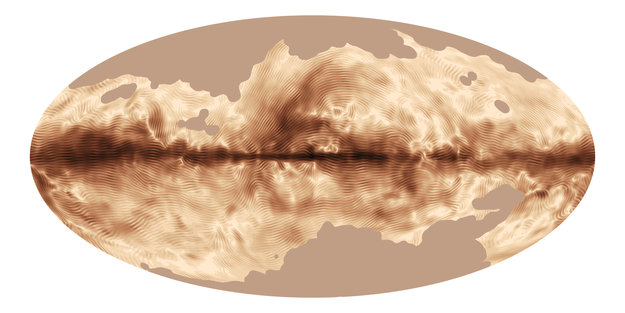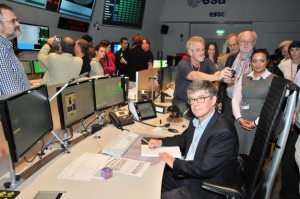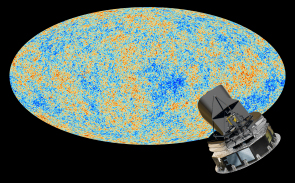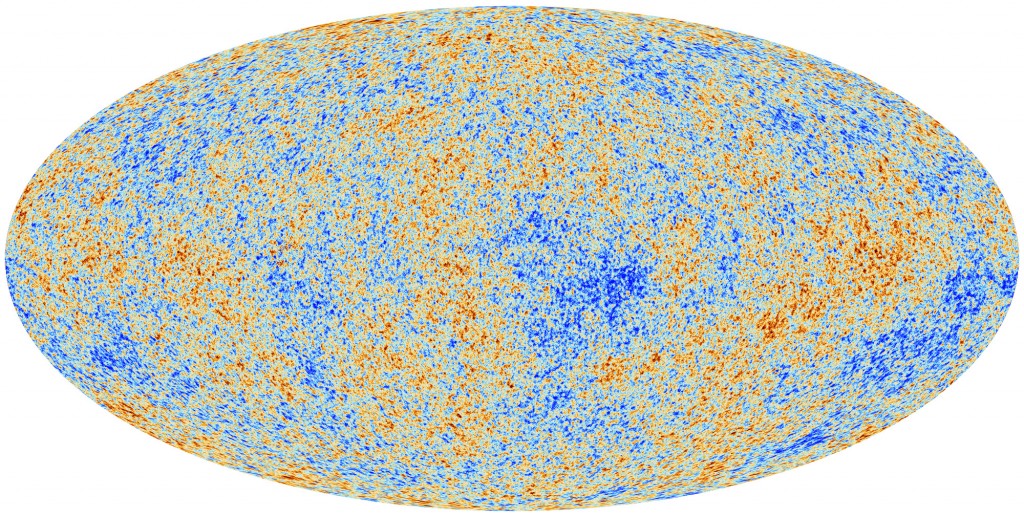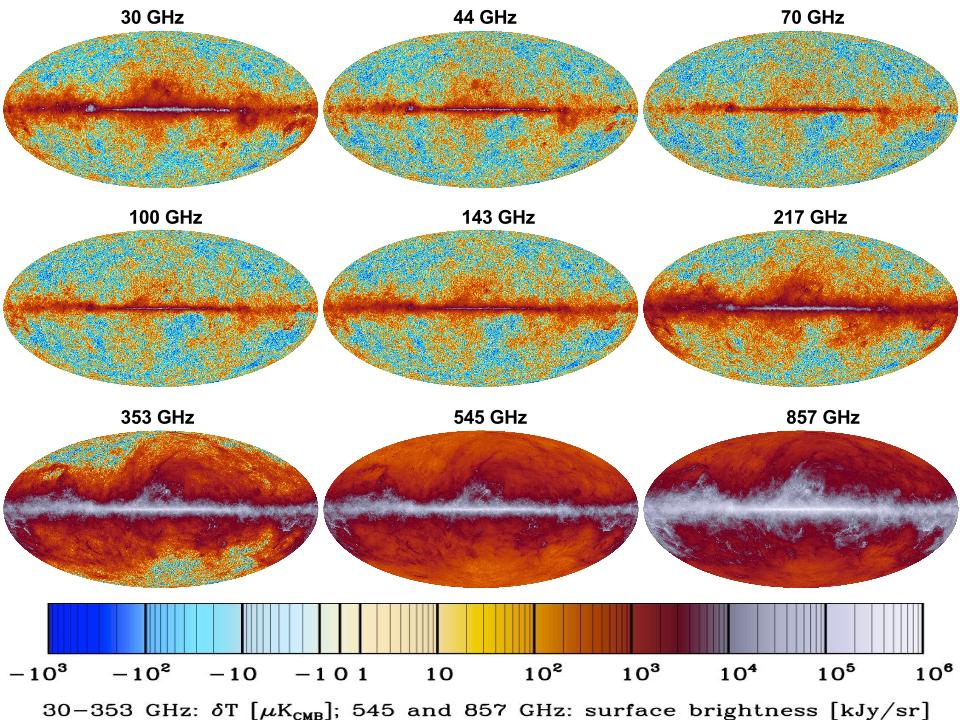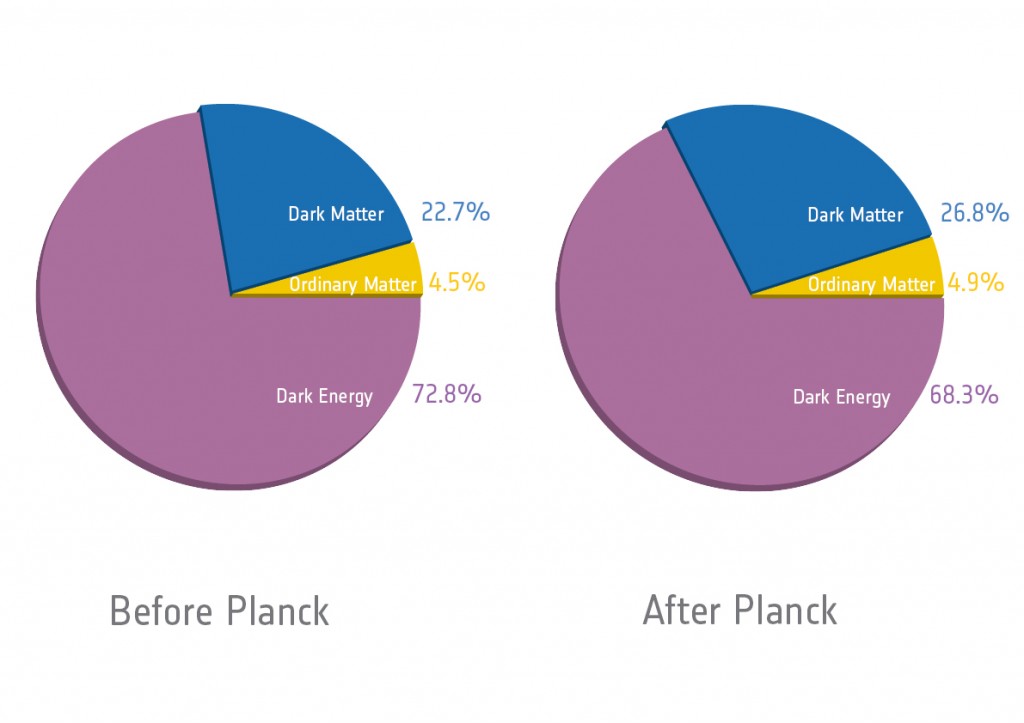- Home
- Classes
- Physics 150 – Nuclear Weapons – Physics, Policy, Proliferation – Fall 2025
- Physics 134 – Observational Astrophysics – Fall 2025
- Astro 1 Spring 2024
- INT 86TN Planetary Defense – Spring 2024
- Symmetry & Aesthetics in Contemporary Physics
- INT 184 – PL Interdisciplinary Honors Seminar – Weapons of Mass Destruction – Spring 2013
- Physics 150 – Modern Design and Fab – Fall 2019
- Physics 4 – Winter 2023
- Physics 141 – Optics – Spring 2019
- Physics 145L – Astrophysics Research
- Physics 199 – Independent Research
- Projects
- Interdisciplinary Center for Interstellar Exploration (iC)
- NASA Watts on the Moon
- Extrasolar Travelers
- CMB-S4 – Ground Based CMB Cosmology Program
- Wafer Scale Spacecraft
- PI-Multimodal Planetary Defense
- Lunar Rover Project
- DE-STAR
- Starlight
- GreenPol – CMB Cosmology
- PLANCK
- Starshot
- SETI
- Small Projects
- Previous Projects
- Facilities
- People
- Net
- Outreach
- Media Links
- NASA Space Grant Student Scholarships
- Bright Stars – VoH
- ARC – Undergraduate Aerospace Research Coop
- POINT – Undergraduate Physics Organization for Innovation and Technology
- All Sky Camera Project
- Education and Public Outreach
- Gaucho Rocket Project
- Undergrad Research Opportunities
- The Space Race
- Misc
- Papers
News
Planck 2015 Cosmology Release
Mar 23rd
The latest Planck 2015 Cosmology Release papers are available here:
Planck polarized dust map
May 7th
6 May 2014Our Galaxy’s magnetic field is revealed in a new image from ESA’s Planck satellite. This image was compiled from the first all-sky observations of ‘polarized’ light emitted by interstellar dust in the Milky Way.
Light is a very familiar form of energy and yet some of its properties are all but hidden to everyday human experience. One of these – polarisation – carries a wealth of information about what happened along a light ray’s path, and can be exploited by astronomers.Light can be described as a series of waves of electric and magnetic fields that vibrate in directions that are at right angles to each other and to their direction of travel.Usually, these fields can vibrate at all orientations. However, if they happen to vibrate preferentially in certain directions, we say the light is ‘polarized’. This can happen, for example, when light bounces off a reflective surface like a mirror or the sea. Special filters can be used to absorb this polarized light, which is how polarized sunglasses eliminate glare.
In space, the light emitted by stars, gas and dust can also be polarised in various ways. By measuring the amount of polarization in this light, astronomers can study the physical processes that caused the polarization.In particular, polarization may reveal the existence and properties of magnetic fields in the medium light has travelled through.The map presented here was obtained using detectors on Planck that acted as the astronomical equivalent of polarized sunglasses. Swirls, loops and arches in this new image trace the structure of the magnetic field in our home galaxy, the Milky Way.In addition to its hundreds of billions of stars, our Galaxy is filled with a mixture of gas and dust, the raw material from which stars are born. Even though the tiny dust grains are very cold, they do emit light but at very long wavelengths – from the infrared to the microwave domain. If the grains are not symmetrical, more of that light comes out vibrating parallel to the longest axis of the grain, making the light polarised.
If the orientations of a whole cloud of dust grains were random, no net polarization would be seen. However, cosmic dust grains are almost always spinning rapidly, tens of millions of times per second, due to collisions with photons and rapidly moving atoms.
Then, because interstellar clouds in the Milky Way are threaded by magnetic fields, the spinning dust grains become aligned preferentially with their long axis perpendicular to the direction of the magnetic field. As a result, there is a net polarisation in the emitted light, which can then be measured.
In this way, astronomers can use polarised light from dust grains to study the structure of the Galactic magnetic field and, in particular, the orientation of the field lines projected on the plane of the sky.
In the new Planck image, darker regions correspond to stronger polarized emission, and the striations indicate the direction of the magnetic field projected on the plane of the sky. Since the magnetic field of the Milky Way has a 3D structure, the net orientation is difficult to interpret if the field lines are highly disorganised along the line of sight, like looking through a tangled ball of string and trying to perceive some net alignment.
However, the Planck image shows that there is large-scale organisation in some parts of the Galactic magnetic field.
The dark band running horizontally across the centre corresponds to the Galactic Plane. Here, the polarisation reveals a regular pattern on large angular scales, which is due to the magnetic field lines being predominantly parallel to the plane of the Milky Way.
The data also reveal variations of the polarisation direction within nearby clouds of gas and dust. This can be seen in the tangled features above and below the plane, where the local magnetic field is particularly disorganised.
Planck’s Galactic polarisation data are analysed in a series of four papers just submitted to the journal Astronomy & Astrophysics, but studying the magnetic field of the Milky Way is not the only reason why Planck scientists are interested in these data. Hidden behind the foreground emission from our Galaxy is the primordial signal from the Cosmic Microwave Background (CMB), the most ancient light in the Universe.
The brightness of the CMB has already been mapped by Planck in unprecedented detail and scientists are now scrutinising the data to measure the polarization of this light. This is one of the main goals of the Planck mission, because it could provide evidence for gravitational waves generated in the Universe immediately after its birth.
In March 2014, scientists from the BICEP2 collaboration claimed the first detection of such a signal in data collected using a ground-based telescope observing a patch of the sky at a single microwave frequency. Critically, the claim relies on the assumption that foreground polarized emissions are almost negligible in this region.
Later this year, scientists from the Planck collaboration will release data based on Planck’s observations of polarized light covering the entire sky at seven different frequencies. The multiple frequency data should allow astronomers to separate with great confidence any possible foreground contamination from the tenuous primordial polarized signal.
This will enable a much more detailed investigation of the early history of the cosmos, from the accelerated expansion when the Universe was much less than one second old to the period when the first stars were born, several hundred million years later.
This image is based on data from ESA’s Planck satellite that are published in a series of four papers submitted to the journal Astronomy & Astrophysics, where more details on the data analysis and interpretation can be found:
–Planck intermediate results. XIX. An overview of the polarized thermal emission from Galactic dust
–Planck intermediate results. XX. Comparison of polarized thermal emission from Galactic dust with simulations of MHD turbulence
–Planck intermediate results. XXI. Comparison of polarized thermal emission from Galactic dust at 353 GHz with optical interstellar polarization
–Planck intermediate results. XXII. Frequency dependence of thermal emission from Galactic dust in intensity and polarization
About Planck
Launched in 2009, Planck was designed to map the sky in nine frequencies using two state-of-the-art instruments: the Low Frequency Instrument, which includes three frequency bands in the range 30–70 GHz, and the High Frequency Instrument, which includes six frequency bands in the range 100–857 GHz. HFI completed its survey in January 2012, while LFI continued to make science observations until 3 October 2013, before being switched off on 19 October 2013.
Seven of Planck’s nine frequency channels were equipped with polarization-sensitive detectors. The image presented here is based on polarization data collected at a frequency of 353 GHz with HFI.
Planck and the Higgs Boson
Oct 23rd
While at CERN in Geneva, particle physicists searched for and found the Higgs Boson, the field that gives mass to all other particles, Planck has been mapping the Cosmic Microwave Backround, the oldest light of the universe. This video, produced by the European Space Agency, shows the connections between the two. Planck scientists featured in this video are Chief Scientist, Dr. Jan Tauber, Dr. Francois Bouchet, and Dr. Benjamin Wandelt.

End of Planck Satellite – Oct. 23, 2013
Oct 23rd
After successfully mapping the Cosmic Microwave Background radiation for 4.5 years, the Planck Satellite was turned off at approximately noon, UTC, on Wednesday, October 23, 2013. For details, see Last Command Sent to ESA’s Planck Space Telescope .
We are sad to see the end of this project, but we will be working on the data for at least another year before they are released to the public domain.
See additional links and information:
Planck sees distribution of dark matter across space and back in time

Planck 2013 Cosmology Release – 3/21
Mar 14th
- Special Physics Colloquium Flyer March 21 – 2013: Planck 2013 Cosmology Release
- Colloq Talk Slides – Planck 2013 – UCSB – 3-21-13
- UCSB Press Release
- PLANCK satellite publications
- PLANCK satellite released data
- Planck news feed at Caltech: http://planck.caltech.edu/
news.html - NASA press release: http://www.nasa.gov/mission_
pages/planck/latest-images- collection_archive_1.html - ESA announcement: http://sci.esa.int/science-e/
www/object/index.cfm? fobjectid=51551 - Physics World: http://physicsworld.com/cws/
article/news/2013/mar/21/ planck-reveals-almost-perfect-universe - Nature Magazine: http://www.nature.com/news/
planck-telescope-peers-into- the-primordial-universe-1.12658 - Planck on Twitter: https://twitter.com/search?q=%
23Planck&src=hash - PLANCK REVEALS PRIMORDIAL ASYMMETRY IN THE UNIVERSE http://sci.esa.int/science-e/
www/object/index.cfm? fobjectid=51559
Planck is by far the most sensitive satellite to date to map the early universe with sensitivity such that one year of its data is more sensitive than 1000 years of WMAP and 1,000,000 years of COBE data.
Revealing the Cosmic Microwave Background:
Planck CMB sky map:
Planck maps at each of the 9 frequencies:
Universe content pie chart:
New Planck Results released – Jan 2011
Jan 11th
We released 25 new papers today.
http://www.sciops.esa.int/index.php?project=PLANCK&page=Planck_Published_Papers
Jan. 11, 2011
Trent Perrotto
Headquarters, Washington
202-358-5241
trent.j.perrotto@nasa.gov
Whitney Clavin
Jet Propulsion Laboratory, Pasadena, Calif.
818-354-4673
whitney.clavin@jpl.nasa.gov �
RELEASE: 11-011
PLANCK MISSION PEELS BACK LAYERS OF THE UNIVERSE
WASHINGTON — The Planck mission released a new data catalogue Tuesday
from initial maps of the entire sky. The catalogue includes thousands
of never-before-seen dusty cocoons where stars are forming and some
of the most massive clusters of galaxies ever observed. Planck is a
European Space Agency (ESA) mission with significant contributions
from NASA.
“NASA is pleased to support this important mission, and we have
eagerly awaited Planck’s first discoveries,” said Jon Morse, NASA’s
Astrophysics Division director at the agency’s headquarters in
Washington. “We look forward to continued collaboration with ESA and
more outstanding science to come.”
Planck launched in May 2009 on a mission to detect light from just a
few hundred thousand years after the Big Bang, an explosive event at
the dawn of the universe approximately 13.7 billion years ago. The
spacecraft’s state-of-the-art detectors ultimately will survey the
whole sky at least four times, measuring the cosmic microwave
background, or radiation left over from the Big Bang. The data will
help scientists decipher clues about the evolution, fate and fabric
of our universe. While these cosmology results won’t be ready for
another two years or so, early observations of specific objects in
our Milky Way galaxy, as well as more distant galaxies, are being
released.
“The data we’re releasing now are from what lies between us and the
cosmic microwave background,” said Charles Lawrence, the U.S. project
scientist for Planck at NASA’s Jet Propulsion Laboratory in Pasadena,
Calif. We ultimately will subtract these data out to get at our
cosmic microwave background signal. But by themselves, these early
observations offer up new information about objects in our universe
— both close and far away, and everything in between,” Lawrence
said.
Planck observes the sky at nine wavelengths of light, ranging from
infrared to radio waves. Its technology has greatly improved
sensitivity and resolution over its predecessor missions, NASA’s
Cosmic Background Explorer and Wilkinson Microwave Anisotropy Probe.
The result is a windfall of data on known and never-before-seen cosmic
objects. Planck has catalogued approximately 10,000 star-forming
“cold cores,” thousands of which are newly discovered. The cores are
dark and dusty nurseries where baby stars are just beginning to take
shape.
They also are some of the coldest places in the universe. Planck’s new
catalogue includes some of the coldest cores ever seen, with
temperatures as low as seven degrees above absolute zero, or minus
447 degrees Fahrenheit. In order to see the coldest gas and dust in
the Milky Way, Planck’s detectors were chilled to only 0.1 kelvins.
The new catalogue also contains some of the most massive clusters of
galaxies known, including a handful of newfound ones. The most
massive of these holds the equivalent of a million billion suns worth
of mass, making it one of the most massive galaxy clusters known.
Galaxies in our universe are bound together into these larger
clusters, forming a lumpy network across the cosmos. Scientists study
the clusters to learn more about the evolution of galaxies and dark
matter and dark energy — the exotic substances that constitute the
majority of our universe.
“Because Planck is observing the whole sky, it is giving us a
comprehensive look at how all the smaller structures of the universe
are connected to the whole,” said Jim Bartlett, a U.S. Planck team
member at JPL and the Astroparticule et Cosmologie-Universite Paris
Diderot in France.
Planck’s new catalogue also includes unique data on the pools of hot
gas that permeate roughly 14,000 smaller clusters of galaxies; the
best data yet on the cosmic infrared background, which is made up of
light from stars evolving in the early universe; and new observations
of extremely energetic galaxies spewing radio jets. The catalogue
covers about one-and-one-half sky scans.
For more information about Planck, visit:
http://www.nasa.gov/planck
http://www.esa.int/SPECIALS/Planck/index.html
The Map of Everything – Planck
Dec 20th
Discover magazine names Planck all sky map as one of the top science stories of 2010.

ARCADE latest results
Oct 19th
 ARCADE – News
ARCADE – News
A team of NASA-funded scientists, including two from UC Santa Barbara, have discovered
cosmic radio noise that is completely unexpected.
The finding came from data collected from a large helium-filled NASA balloon, big enough to fit a football field inside. The scientists discovered cosmic radio noise that is blasting six times louder than expected.
Click for downloadable imageThe launch of the NASA ARCADE balloon. Click for downloadable image A diagram showing |
“It seems as though we live in a darkened room and every time we turn the lights on and explore, we find something new,” said team member Philip M. Lubin, professor of physics at UCSB. “The universe continues to amaze us and provide us with new mysteries. It is like a large puzzle that we are slowly given pieces to so that we can eventually see through the fog of our confusion.”
The findings will be presented today at the 213th meeting of the American Astronomical Society in Long Beach, Calif. The mission, named ARCADE, was to search the sky for heat from the first generation of stars. Instead, it found a cosmic puzzle.
A mysterious screen of extra-loud radio noise permeates the cosmos, preventing astronomers from observing heat from the first stars. The balloon-borne ARCADE instrument discovered this cosmic static on its July 2006 flight. The noise is six times louder than expected. Astronomers have no idea why.
“The universe really threw us a curve,” says team leader Alan Kogut team leader from NASA’s Goddard Space Flight Center. “Instead of the faint signal we hoped to find, here was this booming noise six times louder than anyone had predicted.” Detailed analysis ruled out an origin of primordial stars or known radio sources, including gas in the outermost halo of our own galaxy. The source of this cosmic radio background remains a mystery.
ARCADE stands for the Absolute Radiometer for Cosmology, Astrophysics, and Diffuse Emission. The instrument launched from NASA’s Columbia Scientific Balloon Facility in Palestine, Tex., and flew to an altitude of 120,000 feet, where the atmosphere thins into the vacuum of space.
The problem, notes team member Dale Fixsen of the University of Maryland, is that there don’t appear to be enough radio galaxies to account for the signal ARCADE detected. “You’d have to pack them into the universe like sardines,” he said. “There wouldn’t be any space left between one galaxy and the next.”
The radio static ARCADE detected is much brighter than the combined radio emission of all of the galaxies in the universe. This suggests something new and interesting must have occurred as galaxies first formed, when the universe was less than half its current age.
Many objects in the universe emit radio waves. In 1931, American physicist Karl Jansky first detected radio static from our own Milky Way galaxy. Similar emissions from other galaxies create a background hiss of radio noise.
ARCADE is the first instrument to measure the radio sky with enough precision to detect this mysterious signal. To enhance the sensitivity of ARCADE’s radio receivers, they were immersed in more than 500 gallons of ultra-cold liquid helium. The instrument’s operating temperature was just 2.7 degrees above absolute zero.
Besides Philip Lubin, at UC Santa Barbara, and his former graduate student Jack Singal, now with Stanford University, the NASA-funded project includes scientists and engineers from several other institutions. They are: NASA’s Goddard Space Flight Center in Greenbelt, Md.; the Jet Propulsion Laboratory in Pasadena, Calif.; and the University of Maryland. More than a dozen high school and undergraduate students participated in the payload’s development.
Last Updated on Tuesday, 17 March 2009 21:44
New Deepspace Website Launched!
Aug 23rd
We are launching a newly designed website for the research group. This new site should allow both research members and the public to keep up to date with the projects being undertaken in a more coherent and easy to navigate way.
